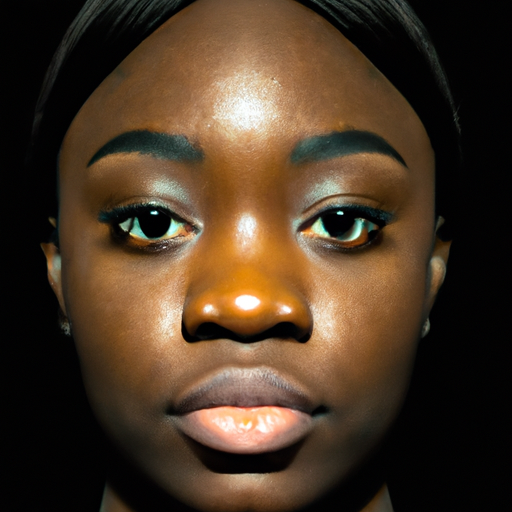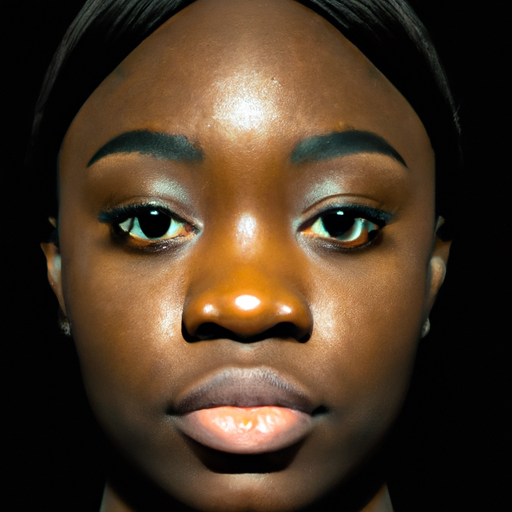Title: Unmasking Acne: A Deep Dive into Symptoms and Causes
As a dermatologist, I have encountered countless patients who are grappling with the discomfort and self-consciousness that acne can bring. This common skin condition, which affects millions of people worldwide, is often misunderstood. Today, we will unmask acne, delving deep into its symptoms and causes to provide a better understanding of this prevalent skin issue.
Acne is a skin condition that occurs when hair follicles become clogged with oil and dead skin cells. It is most common among teenagers, but it can affect people of all ages. The most visible symptom of acne is the appearance of pimples, blackheads, and whiteheads on the skin. These can appear on the face, forehead, chest, upper back, and shoulders because these areas of the skin have the most oil (sebaceous) glands.
Pimples are raised red spots with a white center that develop when blocked hair follicles become inflamed or infected. Blackheads are black bumps that appear on the skin when a clogged hair follicle’s surface is open. In contrast, whiteheads are similar but remain under the skin’s surface. Other symptoms include small red, tender bumps (papules), large, solid, painful lumps beneath the surface of the skin (nodules), and painful, pus-filled lumps beneath the skin’s surface (cystic lesions).
The severity of acne can vary significantly from person to person. Some people may only have a few minor pimples, while others can have large areas of their skin covered with acne. Regardless of its severity, acne can cause emotional distress and lead to scarring of the skin.
Now, let’s delve into the causes of acne. The primary culprits are excess oil production, hair follicles clogged by oil and dead skin cells, bacteria, and excess activity of a type of hormone (androgens).
The skin’s sebaceous glands, which are connected to the hair follicles, produce an oily substance called sebum to lubricate your hair and skin. When the body produces an excess amount of sebum and dead skin cells, the two can build up in the hair follicles and form a soft plug, creating an environment where bacteria can thrive. If the clogged pore becomes infected with bacteria, inflammation results.
The increased androgen (sex hormone) levels at puberty cause the sebaceous glands to enlarge and make more sebum. Hormone changes during midlife, particularly in women, can lead to breakouts too. Certain medications and a diet high in refined sugars or carbohydrates may also trigger acne.
Lastly, contrary to popular belief, dirty skin and cosmetic products don’t necessarily cause acne. However, if you have acne-prone skin, certain cosmetics can worsen the condition. It’s essential to use products labeled as “non-comedogenic,” meaning they won’t clog pores.
Understanding acne is the first step towards managing it effectively. If you’re struggling with acne, remember that you’re not alone, and effective treatments are available. It’s always advisable to consult with a dermatologist who can provide you with the best treatment plan tailored to your specific needs.
In conclusion, acne is a complex condition influenced by several factors, including hormonal fluctuations, oil production, and bacteria. By understanding its symptoms and causes, we can better approach its treatment and management, ultimately improving skin health and boosting self-confidence.




